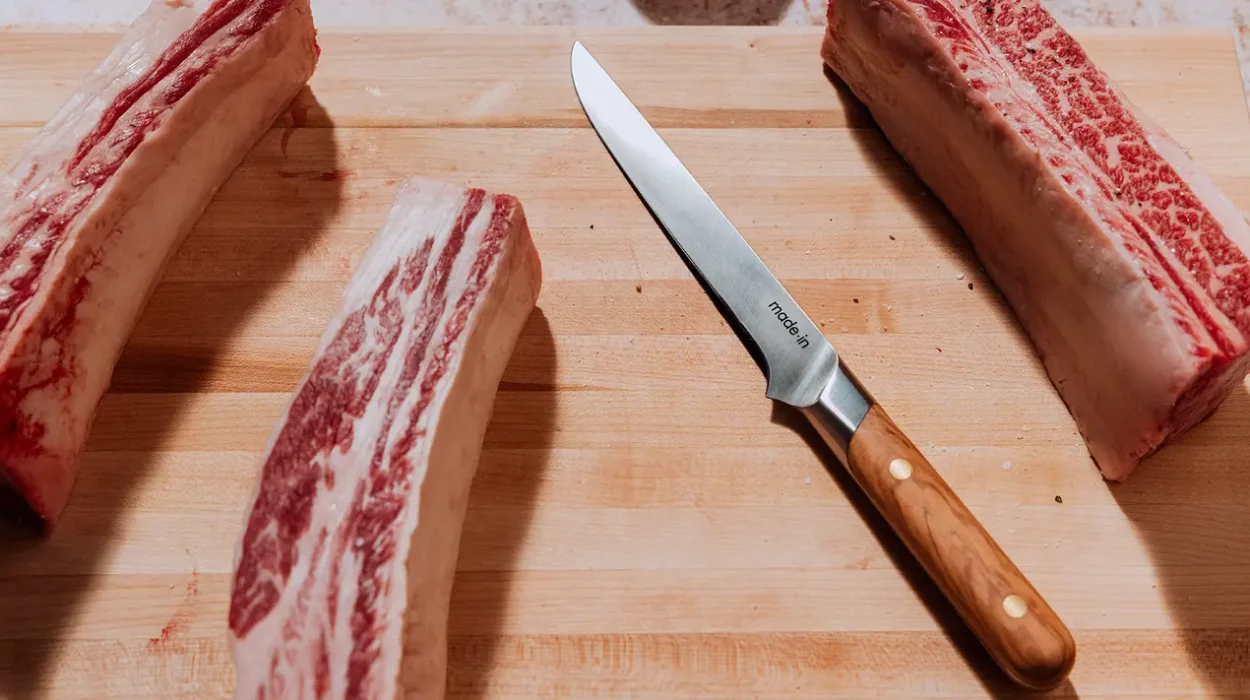In the world of culinary arts, the boning knife for poultry processing plays a pivotal role. Whether you’re a professional chef or a home cook, having the right tools is essential for efficient and precise poultry processing. The boning knife is specifically designed to aid in the intricate task of separating meat from bone, making it a must-have in any kitchen.

The Anatomy of a Boning Knife
A typical boning knife features a narrow blade, which is ideal for maneuvering around bones. The blade is usually around 5 to 7 inches long, providing the perfect balance between flexibility and strength. The handle, often made of wood or a durable synthetic material, offers a comfortable grip, ensuring precision and control during use.
Why Choose a Boning Knife for Poultry?
The boning knife for poultry processing is uniquely suited for its task. Its sharp, pointed blade allows for easy penetration and accurate cuts, minimizing waste and maximizing yield. Unlike other knives, the boning knife excels in removing skin, cartilage, and tendons, which is crucial when preparing poultry.
Flexibility vs. Stiffness: What Works Best?
When selecting a boning knife, consider the flexibility of the blade. A flexible blade is ideal for delicate tasks and tight spots, while a stiff blade is better for tougher cuts. Your choice will depend on your specific needs and preferences in the kitchen.
Proper Techniques for Using a Boning Knife
Using a boning knife requires skill and practice. Start by holding the knife with a firm grip, positioning your fingers away from the blade’s edge. Use controlled, precise movements to separate the meat from the bone, following the natural contours of the poultry.
Common Mistakes to Avoid
One common mistake is applying too much pressure, which can lead to uneven cuts and potential injury. Remember to let the sharpness of the blade do the work, maintaining a steady hand to ensure accuracy.
Maintaining Your Boning Knife
Proper maintenance is key to prolonging the life of your boning knife. Regular sharpening is essential to keep the blade sharp and effective. Additionally, hand wash your knife after each use, avoiding the dishwasher to prevent damage to the blade and handle.
Storage Tips
Store your boning knife in a knife block or on a magnetic strip to protect the blade. Avoid storing it in a drawer, where it may come into contact with other utensils and become dull.
Choosing the Right Boning Knife for You
When selecting a boning knife, consider factors such as blade material, handle comfort, and overall weight. High-quality stainless steel blades are durable and resistant to rust, while ergonomic handles reduce hand fatigue during extended use.
Brand Recommendations
Consider reputable brands known for their quality and craftsmanship. Brands like Wsthof, Shun, and Global offer a range of boning knives tailored to professional and home cooks alike.
Comparing Boning Knives to Other Kitchen Knives
It’s important to understand the differences between a boning knife and other kitchen knives. While a chef’s knife is versatile, it lacks the precision needed for boning tasks. Similarly, a slicing knife excels at cutting cooked meats but falls short when it comes to raw poultry processing.
Boning Knife vs. Slicing Knife
For more insights, you can learn about the differences between boning and slicing knives to make an informed choice for your kitchen.

FAQs
What makes a boning knife different from a fillet knife?
While both knives are designed for precision cuts, a boning knife is typically stiffer and more robust, making it suitable for poultry and meat. A fillet knife, on the other hand, is more flexible, ideal for fish and delicate cuts.
How often should I sharpen my boning knife?
Regular sharpening is crucial to maintain the knife’s effectiveness. Depending on usage, aim to sharpen your boning knife every few weeks or when you notice a decrease in performance.
Can I use a boning knife for tasks other than poultry processing?
Yes, the versatility of a boning knife extends beyond poultry. It can be used for trimming fat, removing silver skin, and even preparing other types of meat.
For a deeper understanding of the role and importance of boning knives, consider visiting this comprehensive guide.
This article contains affiliate links. We may earn a commission at no extra cost to you.


